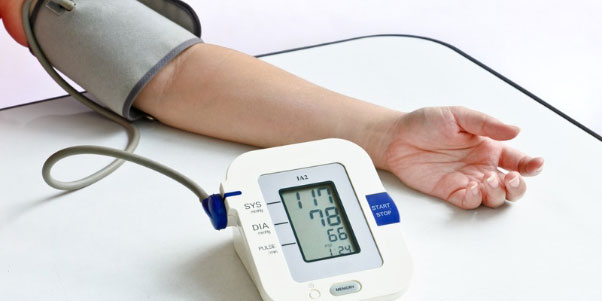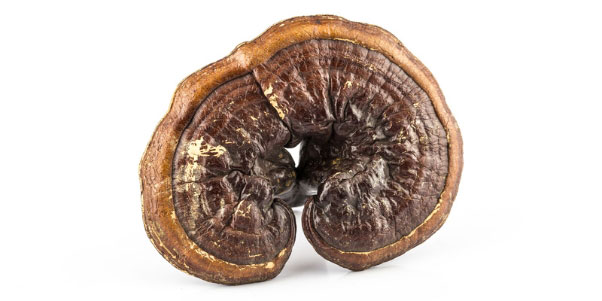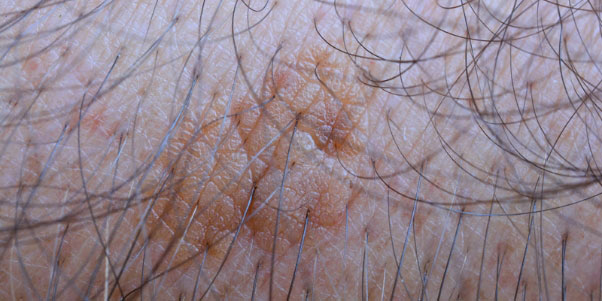
These outgrowths are very solid and hurt a lot when you touch them. Acne and other bumps that look like acne are hair follicles clogged with dead skin. Sometimes, they may even turn a shade of brown or scarlet. The upper arms, thighs, cheeks, and buttocks are the most common places where Keratosis Pilaris appears. It could also show up in other places on the body. HPV-related acne is not contagious and rarely hurts or makes people feel bad.People have thought that the standard dry air during the winter makes this problem even worse. Also, getting pregnant could make this problem worse in a big way. Many drugs can help ease the symptoms of this skin disease caused by a harmless gene, but there is currently no treatment that can reverse the effects of the disease itself. Keratosis pilaris is an issue with the skin that usually goes away after a person turns 30.
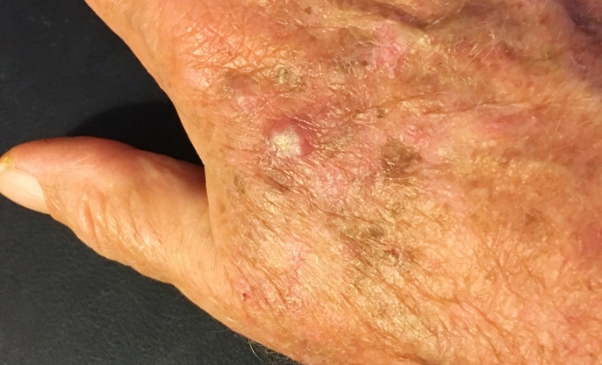
A pharmacist can help with keratosis pilaris:If you find that you need to:
- You have tried several home remedies for your keratosis pilaris, but none have worked.
- Your skin is now red and itchy and looks like it's also inflamed.
- You are now thinking about whether or not to see a general practitioner.
- They might tell you to use lotions or treatments made for people with your skin type. They can also tell you whether you need to see a primary care doctor.
Specialist treatments:Dermatologists specialising in treating keratosis pilaris may treat the problem with steroid creams or laser surgery. Keratosis pilaris is a common problem with the skin. Some treatments are rarely offered by the National Health Service (NHS), and it may not be possible for an individual to pay for them privately. Because the treatments for keratosis pilaris do not cure the condition, the symptoms can come back even after the entire course of treatment has been given. But in some cases, they might be able to make the symptoms better.Keratosis pilaris causesKeratin, a protein naturally found in hair, builds up in the skin's pores, causing this harmless skin condition. Keratin from your hair can get stuck in your skin's pores, which can cause keratosis pilaris. Because of this, the growth and development of new hair follicles are slowed down.Because of this, there is a slight rise where the hair would usually be. If you pick at the lump, you might feel the beginning of a hair follicle coming out of it. Many skin diseases, including atopic dermatitis and hereditary diseases, have been linked to too much keratin synthesis. Even though it's unclear what causes keratin to build up, experts have come up with a wide range of possible explanations.
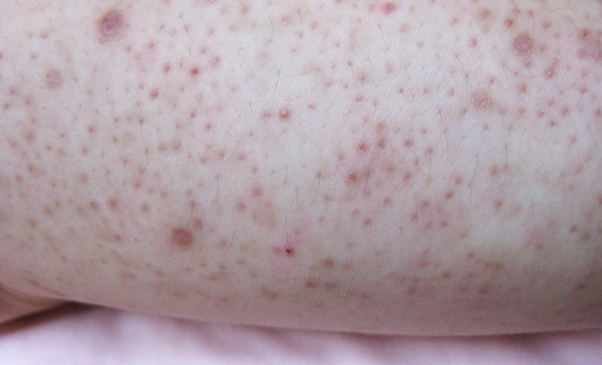
Keratosis pilaris home remedies:If the way your keratosis pilaris looks bothers you. Some symptoms that can be treated without a doctor are acne, itching, and irritation.Soak in warm water:By relaxing the muscles and getting more blood to the skin, a quick, warm bath may help clear up congestion. But it would help if you didn't take too long of a bath because being in the water for too long will remove the oils that protect the skin.Exfoliate:One way to make skin look better is to exfoliate it every day. Dermatologists recommend loofahs and pumice stones for getting rid of dead skin. You can order them online from the comfort of your own home.Put on some calming cream:Some dermatologists have said good things about Eucerin Advanced Repair and AmLactin, which can be bought online. You can get glycerin and rose water at any shop that sells cosmetics. Both can be used to make pimples look less harmful.Tight garments shouldn't restrict movement:If clothes are too tight, they might rub against each other, making the skin red and itchy.How is keratosis pilaris diagnosed?A diagnosis of keratosis pilaris based on how the skin looks. Looking at the lesion in great detail might help you figure out what's wrong.
Dermoscopy:Shows that the hair follicles aren't typical because they have hair strands that are thin, short, curled, or stuck. There is also a chance that erythema and scaling will happen.Punch biopsy:
In the superficial perivascular tissue, there is a lot of lymphocytic inflammation. There are also signs of epidermal hyperkeratosis, hypergranulosis, and blocked hair follicles.Keratosis pilaris, if it's not something else:
- Atopic eczema
- Folliculitis
- Milia
- Nitidus lichen
- Spinulosus Lichen
- Phrynoderma can be caused by not getting enough of the right foods.
What is the treatment for keratosis pilaris?General measures:Use an exfoliating scrub or sponge while in the shower or bath to remove dead skin cells.Topical retinoids:
- To reduce inflammation, it is possible, but only for short periods, to give topical steroids that are not very strong.
- There are reasons to be hopeful that a pulse dye laser or an intense pulsed light will work to treat erythema.
- Laser hair removal is one way to treat hairs that grow back into the skin.
Clinical features of keratosis pilaris?People with "chicken skin" or "goosebumps" on their skin may not like how these skin conditions make them look. Zits can be red, brown, or the same colour as the skin. Dry skin is often rough and itchy and tends to be more noticeable. You might be able to tell that some of the smaller pimples on your face are red. Most people with keratosis pilaris have it on the backs of their upper arms and thighs where they bend.
It is also possible that the buttocks, the foot, the breast, the face, and the ends of the body are affected. Keratosis pilaris can also lead to thinning eyebrow hair (a condition called ulerythema ophryogenes) and erythromelanosis follicular face et coli, which causes thinning patches on the cheeks. The face makes it easy to see the signs of each disease (atrophoderma vermiculated).Conclusion:Many people with keratosis pilaris report improvement in their symptoms over time, despite the condition, being incurable. This is because the abovementioned treatments are often more influential on grownups. It's possible that any resulting scarring or atrophy may be permanent.Keratosis pilaris is a common skin problem among adolescents and young adults. The disease's name is "chicken skin," from how it looks on the patient's body. There is currently no treatment, but the condition typically resolves itself by the time a person is 30. Until then, specific options may make it easier to bear. If you're unsure how to treat it, a dermatologist may help.
